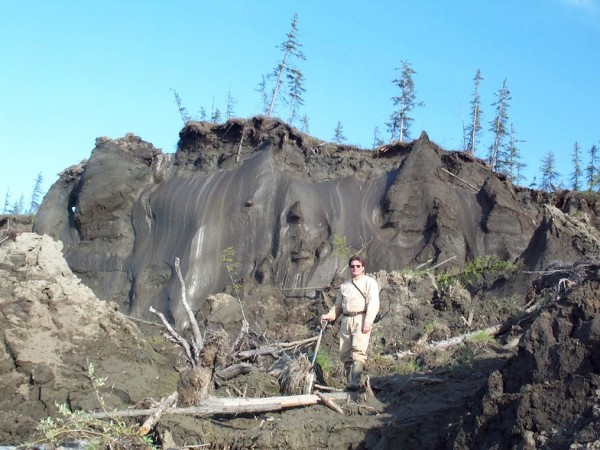
For years researchers studying permafrost in the Arctic have seen a warming trend. Now scientists at the University of Alaska Fairbanks say it is happening even faster than expected.
Vladimir Romanovsky heads up the Permafrost Laboratory at the University of Alaska Fairbanks’ Geophysical Institute. Based on three decades of study he says the trend is more dramatic than previously thought.
“Even on the North Slope the summer thaw is increasing. We’re getting pretty close to that threshold of beginning of thawed permafrost.”
Romanovsky and his team, drew data from several models, as well as their own on-the-ground observations. They entered them into a special permafrost model. From that they developed two scenarios. One projects the consequences of modest reductions in global CO2 emissions. In that scenario, the resulting thaw is largely confined to the North Slope’s Brook’s Range.
The second scenario assumes today’s CO2 emission rates continue. In that case, more than half of the permafrost on the North Slope and Coastal Plain would be thawed by next century. Romanovsky says as ice-rich soils melt, the thawing will be dramatic to ecosystems and infrastructure.
“At one place you can have, like, half-meter settlement and another, just a few meters from that, almost none. And that’s the most dangerous for infrastructure because the surfaces become very uneven.”
Romanovsky’s findings were reported last week at the fall meeting of the American Geophysical Union.
